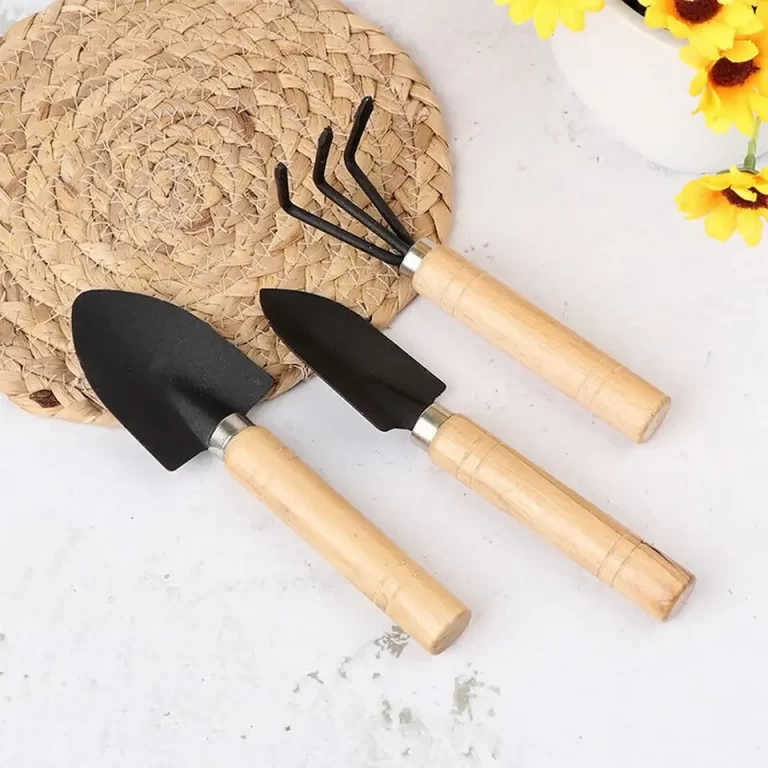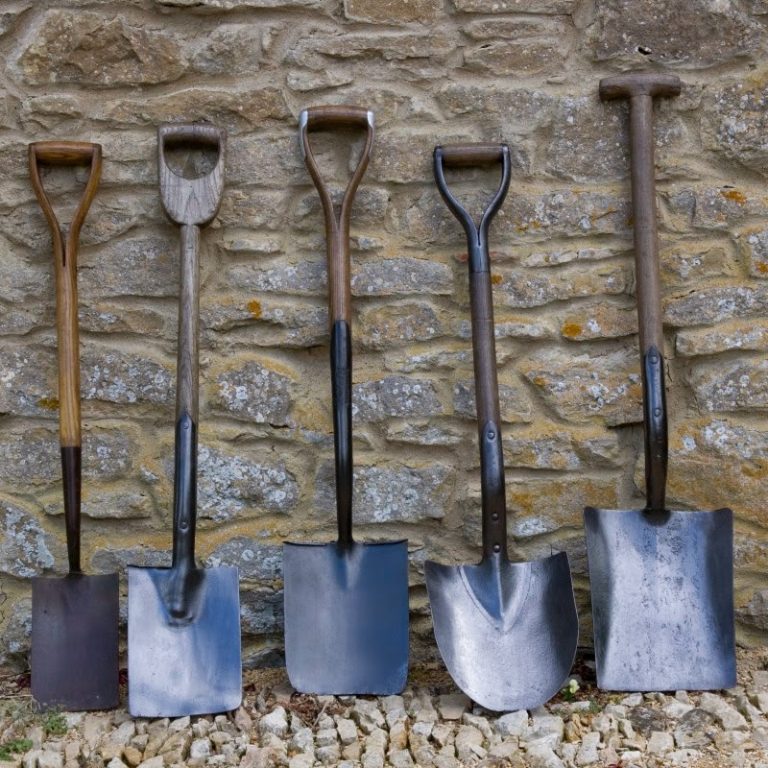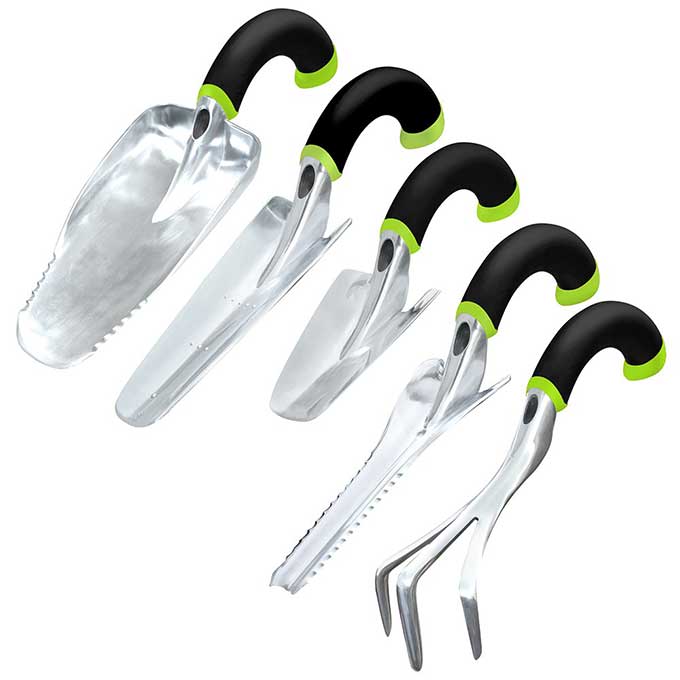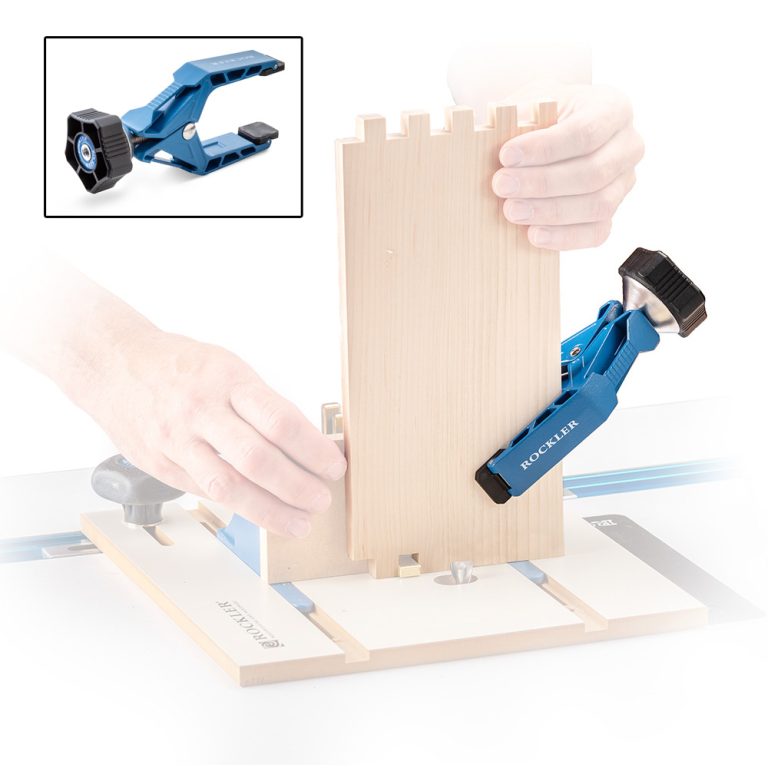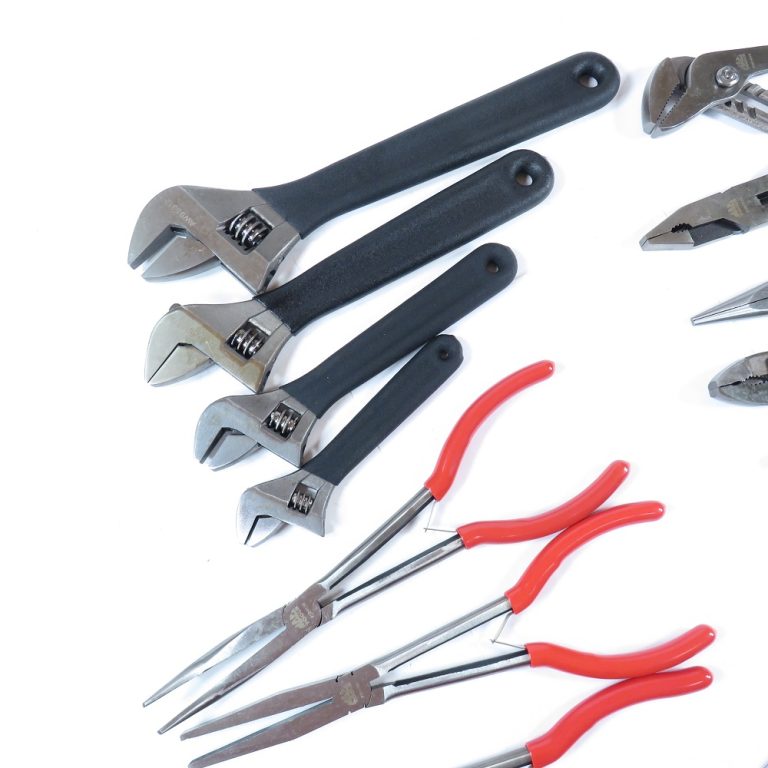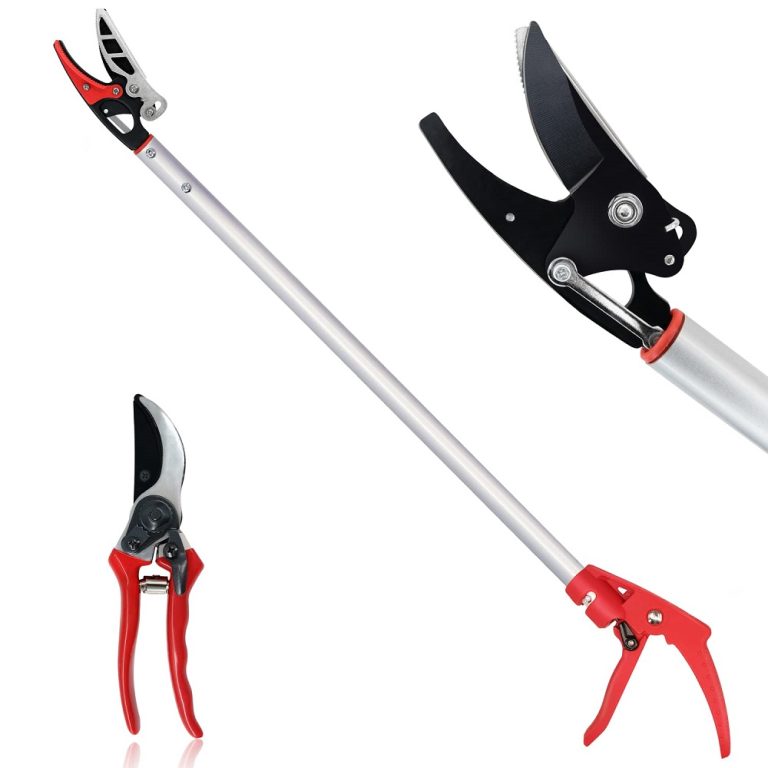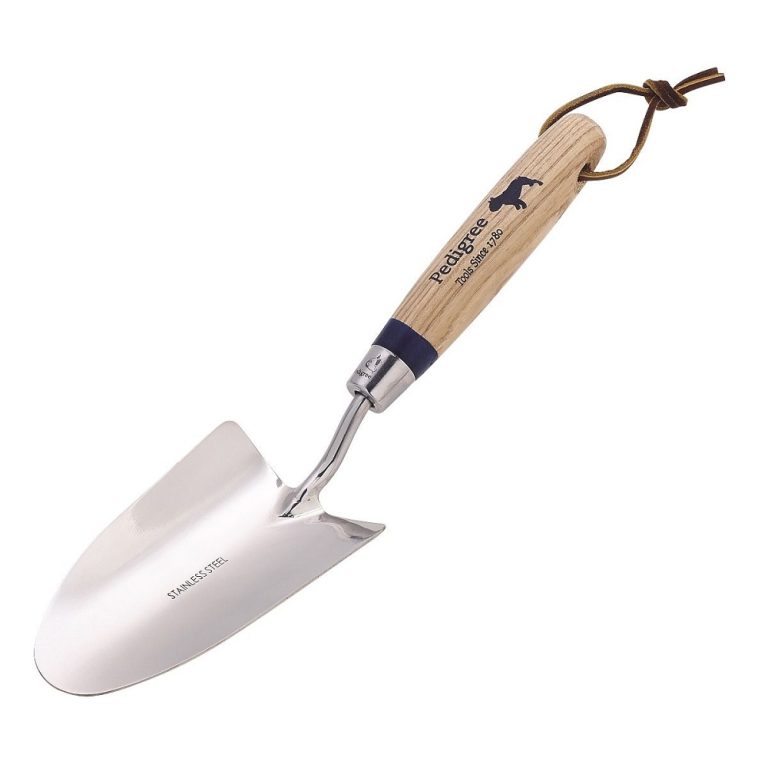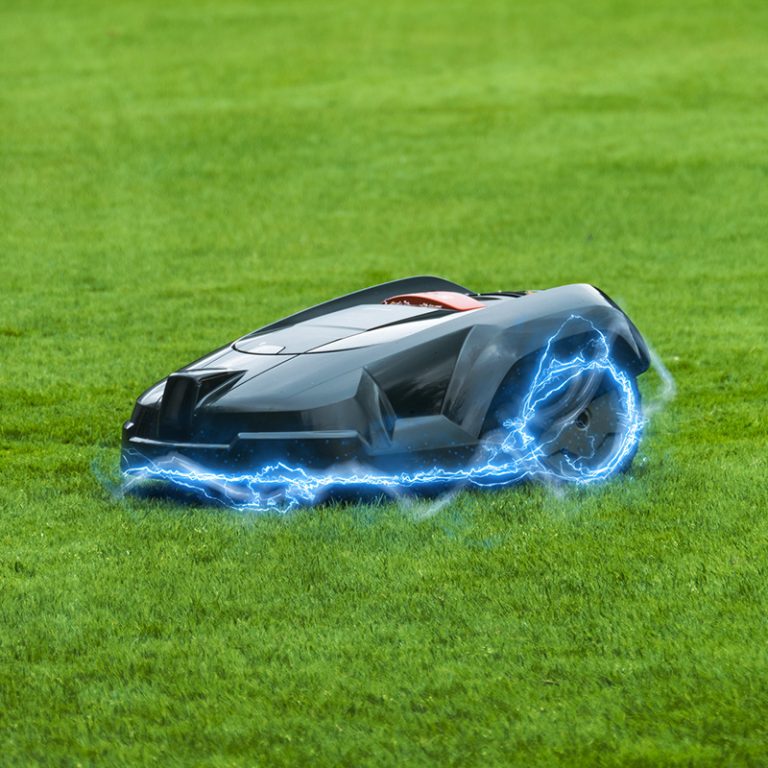Gardening can be a rewarding and therapeutic experience, but the right tools are essential for success. Whether you are a seasoned gardener or just starting out, having the proper equipment can make your gardening tasks easier and more enjoyable. A well-equipped gardening toolkit can help you plant, weed, prune, and maintain your garden effectively. In this article, we will provide a comprehensive garden tools list every gardener should consider having in their collection.
Must-Have Tools for Beginners
Hand Trowel
A hand trowel is essential for digging small holes. It helps in transplanting seedlings and plants with ease. Its compact size makes it perfect for container gardening. Opt for a sturdy, rust-resistant trowel for long-lasting use. Ergonomic handles can reduce hand fatigue during extended gardening tasks.
Gardening Gloves
Gardening gloves protect your hands from cuts, dirt, and thorns. They make handling soil and plants safer and cleaner. Choose gloves with a good grip and breathable fabric for comfort. Waterproof options are excellent for wet gardening tasks. Always pick gloves that fit snugly but allow finger movement.
Pruning Shears
Pruning shears are vital for trimming plants and removing dead branches. They ensure precise cuts, which promote healthy plant growth. Look for sharp, durable blades to make work easier. Bypass shears are ideal for green branches, while anvil shears are best for dry ones. Regular maintenance keeps them in top condition.
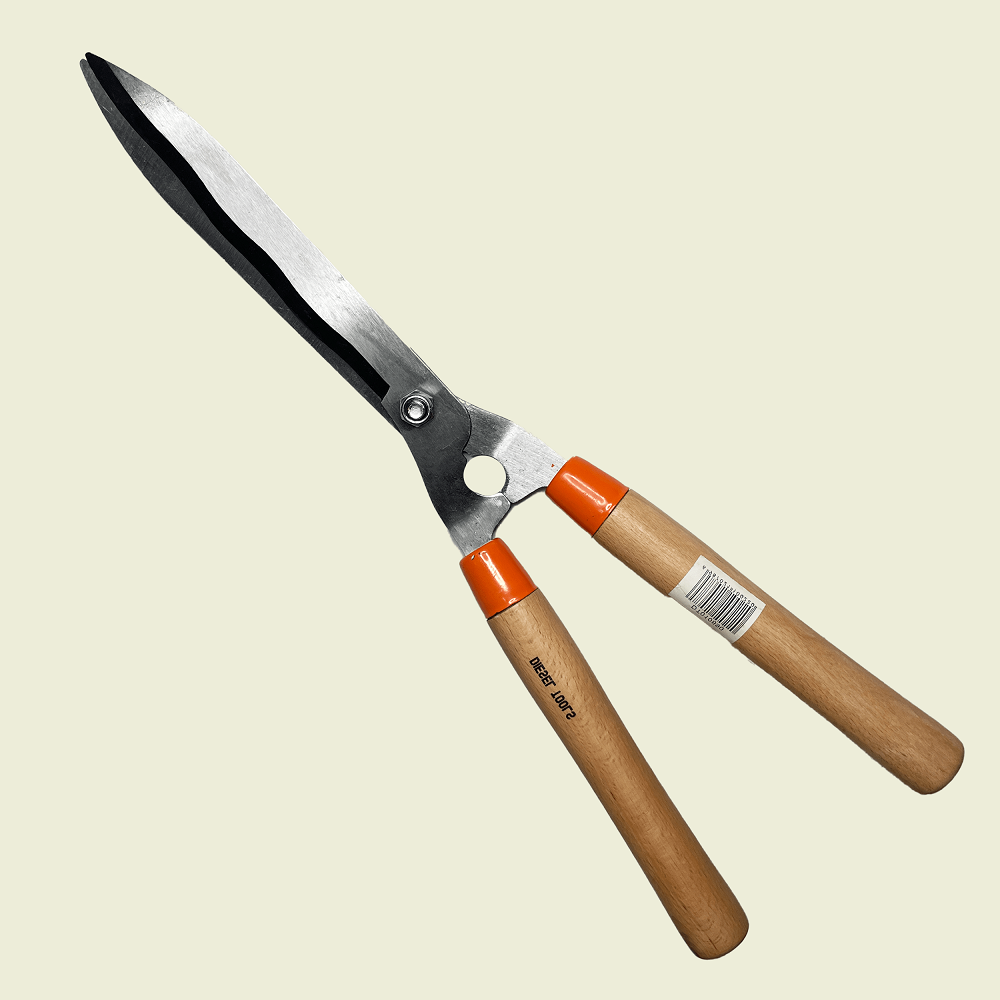
Tools for Soil Preparation
Spade
A spade is essential for digging, edging, and moving soil. It has a flat, sharp blade for precision work. Use it to create clean edges for flowerbeds. Choose a spade with a sturdy handle and a durable blade. A lightweight spade can reduce strain during long tasks.
Garden Fork
A garden fork is perfect for loosening compact soil and aerating it. Its strong tines break up clumps efficiently. Use it to mix compost or turn the soil before planting. Look for a fork with rust-resistant and sharp tines. Ensure the handle is comfortable and provides a good grip.
Hoe
A hoe is ideal for weeding and shaping soil for planting. It cuts through roots and weeds with ease. Different hoe designs suit various tasks, like weeding or trenching. Choose a sharp, durable hoe made from quality materials. A long handle ensures better leverage and reduces back strain.
Tools for Watering and Irrigation
Keeping plants hydrated is essential for their health. Effective watering tools can save time and effort. Below are some indispensable tools for watering and irrigation.
Garden Hose
A garden hose is a basic yet versatile tool for delivering water to your garden. It is ideal for reaching larger areas and watering multiple plants efficiently. Choose a hose with adjustable spray nozzles to control water pressure. A lightweight, kink-resistant hose is easier to use and store. Hoses with UV-resistant materials last longer in sunlight. Using hose reels can help with proper storage and prevent tangles.
Watering Can
Watering cans are perfect for small gardens and container plants. They offer precise control over water flow, reducing water wastage. Opt for a can with a balanced design and a well-placed handle. A detachable spout makes it versatile for different watering needs. Plastic cans are lightweight, while metal ones are durable and eco-friendly. Choose the size according to your garden’s needs.
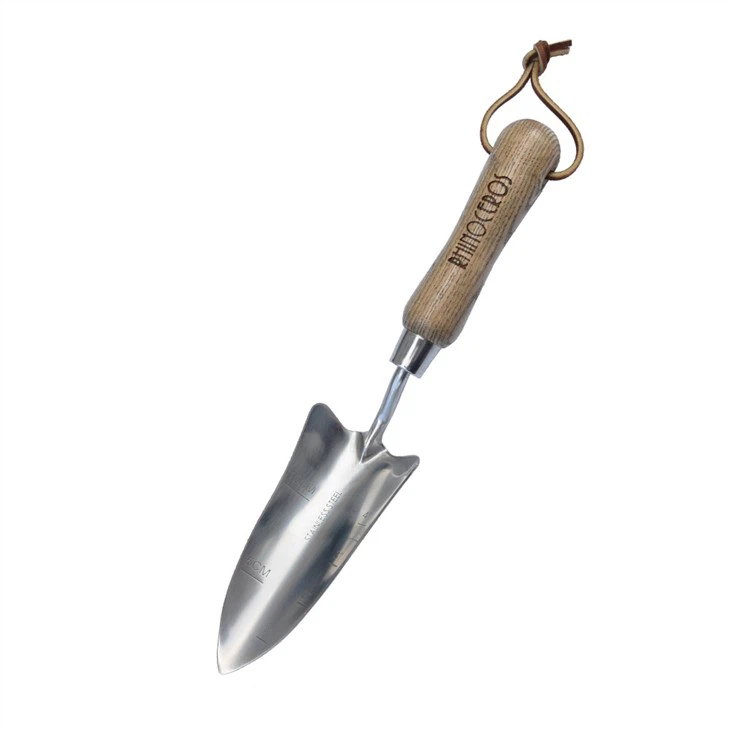
Drip Irrigation System
A drip irrigation system is a water-efficient solution for larger gardens. It delivers water directly to the plant roots, ensuring effective hydration. Setting up a system helps save water and reduces weed growth. Look for kits that are easy to install and adjustable. Pressure regulators and timers can make the system more efficient. Regularly check the system for clogs or leaks to maintain proper functioning.
Tools for Maintenance and Cleaning
Rake
A rake is essential for clearing leaves, debris, and maintaining soil texture. It helps level soil and prepares it for planting. Metal rakes are sturdy for heavy-duty tasks, while plastic versions are lightweight. Choose a rake with sharp tines for efficient gathering. A comfortable handle ensures ease during prolonged use.
Wheelbarrow
A wheelbarrow simplifies carrying heavy loads like soil, compost, and plants. It reduces strain on your back. Look for a durable, rust-resistant model with a stable design. Pneumatic tires provide smooth movement over rough terrain. Select a wheelbarrow size that fits your garden needs. Regular cleaning prevents rust and prolongs its lifespan.
Garden Kneeler
A garden kneeler offers comfort while planting or weeding. It protects knees from strain and dirt. Many kneelers come with padded cushions to minimize pressure. Folding designs are ideal for easy storage and portability. Some models even include built-in tool pockets for convenience. Keep your kneeler clean to maintain its durability.
Tools for Planting and Transplanting
Planting and transplanting tools make gardening tasks easier and more efficient. Below are essential tools for precise and successful planting.
Bulb Planter
A bulb planter is ideal for planting bulbs at consistent depths. Its pointed end creates perfect holes, ensuring proper growth. Choose a planter with clear depth markings for accuracy. Opt for a sturdy build to handle different soil types. Comfortable grips enhance ease of use during repetitive tasks.
Dibber
A dibber is useful for making holes for seeds and young plants. Its sharp tip works well in firm soil. Select a dibber with an ergonomic handle to reduce hand strain. Wooden or metal dibbers are durable for long-term use. A ruler on the dibber helps ensure consistent planting depth.
Seed Spreaders
Seed spreaders help distribute seeds evenly across larger areas. They save time compared to manual spreading. Consider adjustable models for controlling seed flow. Lightweight spreaders are easier to handle for long sessions. Choose durable materials that can withstand frequent use in different conditions.
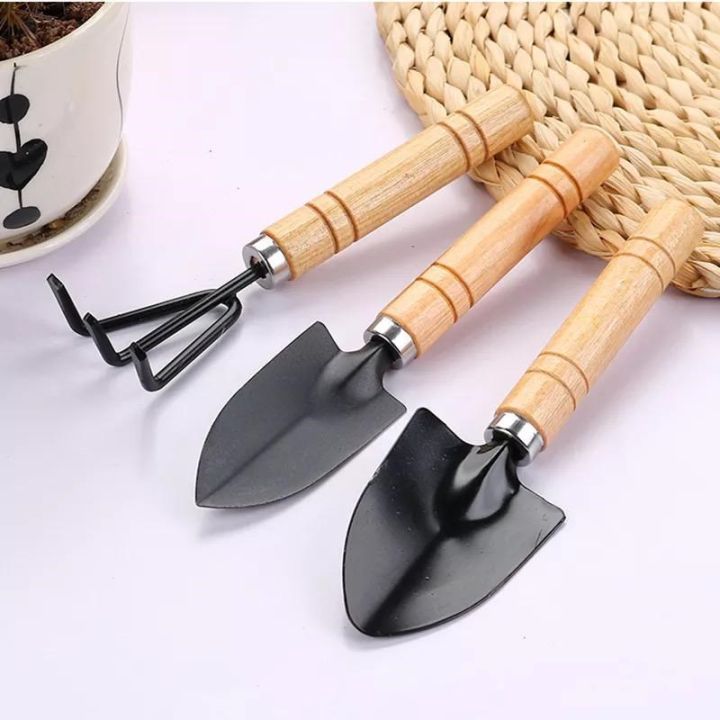
Specialized Tools for Advanced Gardening
Advanced gardeners often require specialized tools for specific tasks. These tools help maintain precision, efficiency, and plant health. Below are some important tools for experienced gardening enthusiasts.
Hedge Trimmers
Hedge trimmers keep hedges, bushes, and shrubs neat and well-shaped. They deliver precise cuts quickly. Choose between manual, electric, or gas-powered models based on your needs. Lightweight electric trimmers are ideal for smaller gardens. Gas-powered trimmers work effectively for larger spaces. Look for models with ergonomic handles for better control. Sharp, rust-resistant blades ensure clean and smooth trimming. Regular blade maintenance enhances performance and tool longevity.
Loppers
Loppers are essential for pruning thick branches and dense foliage. They offer greater cutting power than shears. Bypass loppers work best for green branches, while anvil loppers suit dry wood. Choose loppers with long handles for improved leverage and hard-to-reach areas. Lightweight, durable designs reduce hand and arm strain. Replaceable blades ensure long-term tool usability. A comfortable, non-slip grip aids in precise cutting.
Soil Testing Kit
A soil testing kit helps analyze soil pH and nutrient levels. It assists in optimizing plant growth conditions. Choose kits that are easy to use and provide quick results. Digital testers are convenient and highly accurate for repeated use. Regular testing ensures balanced soil health and prevents over-fertilization. Kits with step-by-step guides make testing straightforward. Testing before planting helps you select suitable plants for your garden. Correct amendments based on results create a thriving garden.
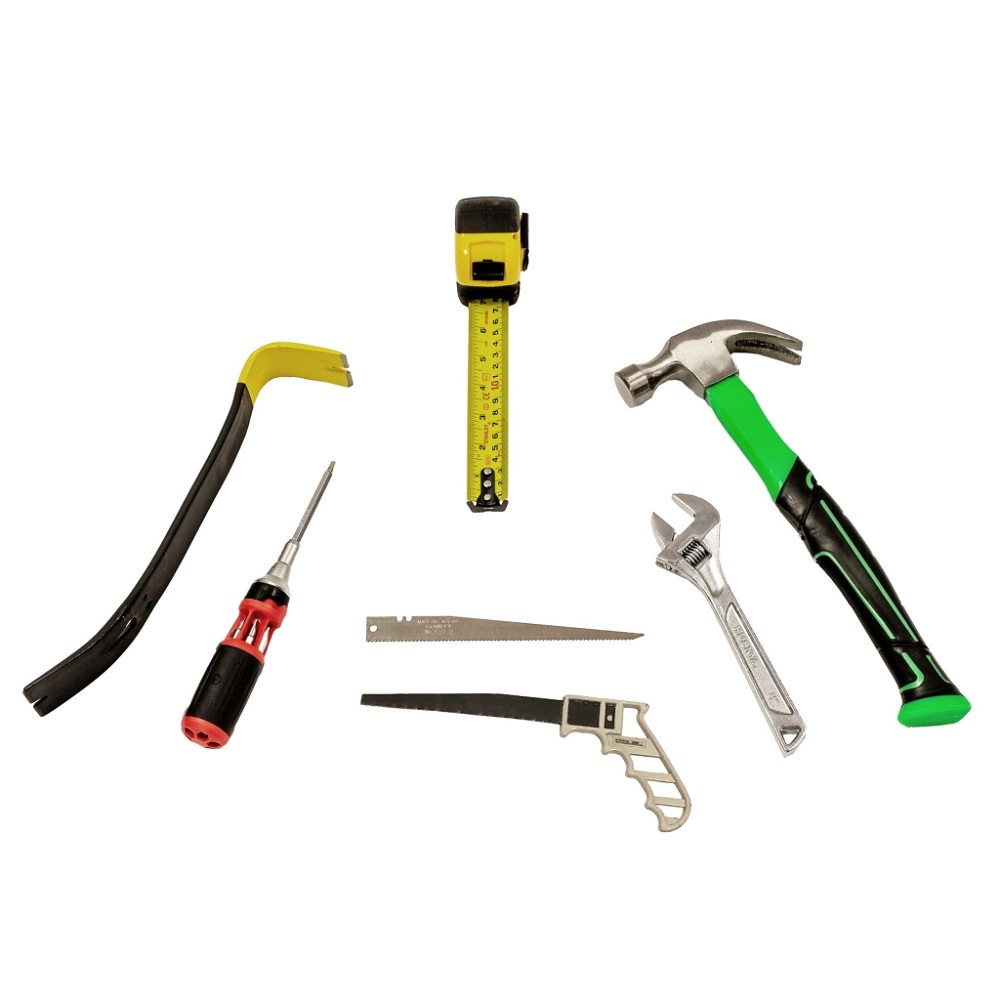
Storage and Organization Tips for Garden Tools
Proper storage and organization of garden tools list extend their lifespan and maintain efficiency. A well-kept garden tools list requires thoughtful planning and execution. Below are practical tips for keeping your tools neat, accessible, and in good condition.
Tool Shed Essentials
A well-equipped tool shed simplifies garden tool management. Consider these essentials:
- Tool Racks and Hooks: Use racks to hang shovels, rakes, and other long-handled tools. Hooks keep pruning shears and hand tools visible and within reach.
- Shelving Units: Install shelves for lightweight items like gloves, seed packets, and small equipment. Stackable bins for loose materials like twine or tape are also helpful.
- Tool Box or Caddy: A tool box or portable caddy holds frequently used items. Keep trowels, dibbers, and hand tools organized for quick access during work.
- Labeling System: Label shelves, bins, and hooks for efficient organization. This saves you time searching for tools.
- Weatherproofing: Ensure your shed is weatherproof to protect tools from rust and decay. Invest in proper ventilation to minimize dampness and mold.
Organized tool storage saves time and keeps your tools in top shape.
Maintenance and Care for Tools
Regular maintenance extends the life and reliability of your garden tools list. Follow these tips to care for your tools effectively:
- Clean Tools After Use: Remove dirt and debris after every use. This prevents rust and soil buildup.
- Sharpen Blades: Keep shears, spades, and hoes sharp for effective performance. Use a file or sharpening tool regularly.
- Oil Moving Parts: Lubricate parts like pruning shear joints and lopper hinges. This ensures smooth operation.
- Rust Prevention: Store tools in a dry place. Use rust-resistant coatings or apply linseed oil on metal parts.
- Inspect Handles: Check wooden handles for cracks or splinters. Sand down rough areas and apply wood oil.
- Replace Worn Parts: Replace damaged blades, handles, or other components promptly to keep tools functional.
By focusing on care and organization, your garden tools list will last longer and perform better.
Expanding Your Gardening Toolkit
Garden Kneeler and Seat
A garden kneeler and seat is an invaluable addition to your gardening toolkit, especially for those who spend long hours tending to their plants. This dual-purpose item allows you to kneel comfortably while planting or weeding, and it can also be flipped over to become a seat when you need a break. The soft padding helps prevent strain on your knees and back, making your gardening experience more enjoyable and less painful.
Look for a garden kneeler with sturdy construction and lightweight materials for easy portability. Some models even come with side pockets for tools, keeping everything you need within reach. By investing in a garden kneeler, you can work longer and more comfortably, enhancing the overall enjoyment of your gardening tasks.
Hose and Watering Accessories
A reliable garden hose is essential for keeping your plants hydrated. A quality hose should be durable and kink-resistant, allowing for easy maneuvering around your garden. Opt for hoses that come in various lengths and materials to suit your specific needs. Additionally, investing in watering accessories such as spray nozzles, soaker hoses, or drip irrigation systems can enhance your watering efficiency.
When choosing a hose, consider how much area you need to cover. Having the right hose length is crucial for maximizing reach and minimizing the hassle of moving hoses around. Remember, proper watering is vital for your plants’ health, so it’s worth investing in the right equipment.
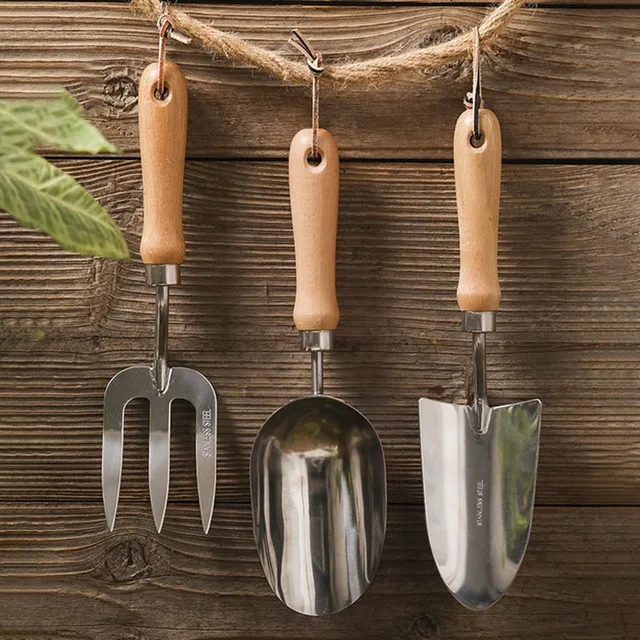
Organizing Your Gardening Space
Tool Organizer
Keeping your gardening tools organized is critical for maintaining an efficient gardening space. A tool organizer can help you store, access, and manage your tools effectively. There are several options available, including pegboards, tool racks, and storage benches specifically designed for gardening equipment.
Creating a dedicated space for your tools not only simplifies your gardening routine but also protects your investments. An organized workspace reduces the time spent searching for tools and minimizes the risk of losing or damaging them. Consider personalizing your storage solutions by labeling spaces for specific tools, making it easier to maintain order over time.
Garden Journal
A garden journal is a fantastic companion for any gardener. Recording your gardening activities, plant growth, and seasonal changes can prove invaluable. It allows you to plan for future plantings, track what works, and learn from challenges faced during each growing season.
In your journal, you can include details such as planting dates, watering schedules, and the performance of various plants. Sketching garden layouts or noting the successes and failures of different techniques can provide insights that enhance your skills over time. By maintaining a garden journal, you create a personal reference that supports your gardening journey and promotes continuous improvement.
Conclusion
In closing, having the right garden tools list is essential for creating a thriving and beautiful garden. This comprehensive list covers the fundamental tools every gardener should consider, from hand trowels and pruners to watering cans and garden journals. Each tool serves its purpose, making gardening tasks more manageable and enjoyable.
As you equip yourself with the necessary tools, remember that gardening is not just about the equipment; it’s about nurturing plants and connecting with nature. Take the time to invest in quality tools and maintain them properly. By doing this, you will ensure longevity and effectiveness, allowing you to make the most of your gardening experience.
Ultimately, whether you’re new to gardening or a seasoned enthusiast, embracing the right tools will transform your outdoor space and process. Enjoy the journey, explore your creativity, and let your garden flourish with the best tools by your side. Happy gardening!

